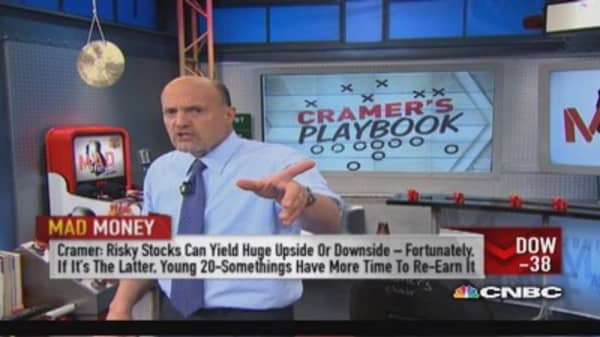With the market improving over the last couple of years, many baby boomers have shifted to contributing as much as they can into their 401(k) plans. In fact, this shift has even caused some to save beyond traditional tax-deductible limits, as they've invested post-tax dollars into their accounts in order to be in a better financial position during retirement.
But there's been an issue: Growth on these post-tax dollars that were saved in 401(k)s was eventually taxed ... or would have been, if not for new Internal Revenue Service guidance that reintroduces this powerful savings strategy to investors.




